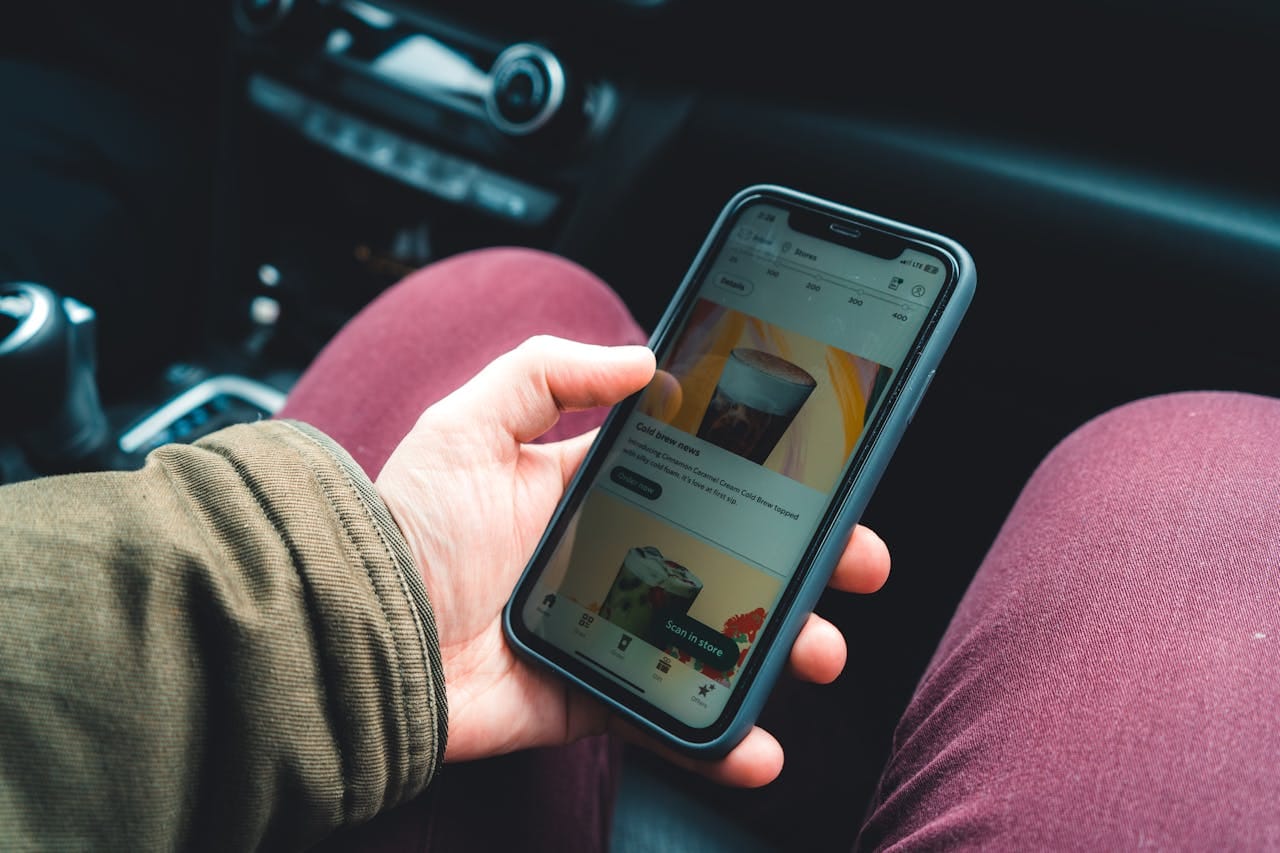Imagine being able to make a video call from anywhere – even places where your phone usually shows “No Service.” Vodafone has just made this possible by completing the world’s first video call through a satellite using a regular smartphone.
The Historic Call
In the mountains of Wales, where cell towers are nowhere to be seen, Vodafone engineer Rowan Chesmer picked up his normal smartphone and made a video call. The call went through perfectly– not because it found a hidden cell tower, but because it connected to satellites orbiting above Earth.
“This means we can connect everyone, no matter where they are,” said Vodafone CEO Margherita Della Valle. Think of these satellites as flying cell towers, operating in low Earth orbit, ready to keep your phone connected when regular towers are too far away.
How It’s Different
Until now, talking through satellites meant carrying special satellite phones – bulky devices that cost thousands of dollars. Vodafone’s breakthrough lets you use the smartphone you already own. The phone automatically switches between regular cell service and satellite connection, just like your phone switches between 4G and 5G today.
The technology, developed with AST SpaceMobile, can handle speeds up to 120 megabits per second – fast enough to stream your favourite show or join a video call. This speed enables full mobile broadband connectivity for video calls and internet access.
Real Benefits for Real People
British astronaut Tim Peake, who spent six months in space, explains why this matters: “Having lived in the most remote place possible – space – I know how important it is to stay connected with family and friends.”
This technology could help:
- Hikers calling for help from remote trails
- Farmers managing operations in distant fields
- Families living in rural areas joining video calls with relatives
- Emergency teams coordinating during natural disasters
- Ships staying connected while at sea
The satellites work like a bridge, connecting people in places where building cell towers would be impossible or too expensive. Thus, people in remote areas can now access the same mobile services available in well-connected regions.
Similar Posts:
What’s Coming Next
Starting in 2025, Vodafone will roll this service out across Europe. The five satellites currently in orbit are just the beginning. Each new satellite adds more coverage, like adding a new cell tower that floats in space.
“We’re eliminating connectivity gaps,” said Abel Avellan, CEO of AST SpaceMobile. Other companies like Apple and T-Mobile (working with SpaceX’s Starlink) only offer satellite text messaging – Vodafone is the first to enable full phone service, including video calls.
Making It Work
The technology has already been approved for testing in the UK and Turkey. Before everyone can use it, Vodafone needs to:
- Complete more tests this spring
- Get approval from each country’s regulators
- Connect the satellites through Vodafone’s new space-to-land gateway
What This Means for You
Soon, “No Service” could become rare on your phone. Whether you’re hiking in remote mountains, living in a rural area, or sailing at sea, your regular phone can stay connected through these space-based cell towers.
This advancement comes 40 years after Vodafone made the UK’s first mobile phone call. Back then, making a call while walking down the street seemed revolutionary. Now, we make video calls through space using the same phone we use to send text messages.
This isn’t just about making calls – it’s about connecting people who have been left out of the digital world. A student in a remote village could join online classes, a rural doctor could consult with specialists in the city, and remote workers could set up offices anywhere with their regular phones.
As Vodafone continues testing, they’re turning science fiction into reality. Your regular phone could soon work virtually anywhere on Earth, thanks to all the satellites floating silently above us.







